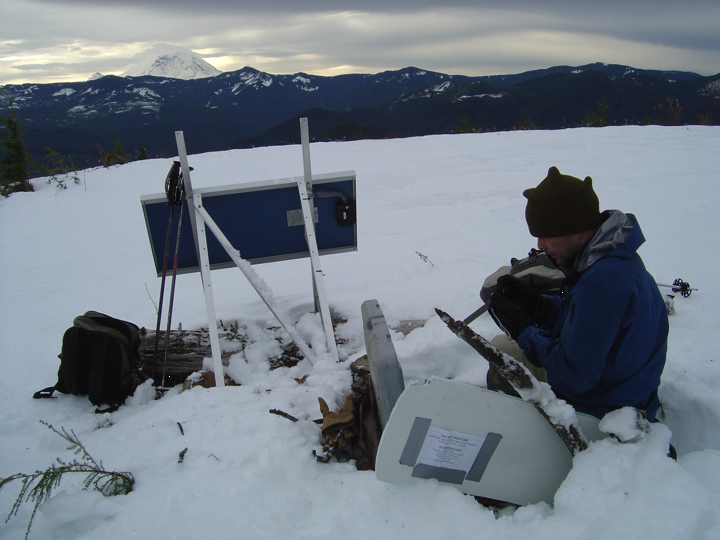TO FRINATEK tildelinger til GEO
Stéphane Rondenay har fått innvilget FRINATEK forskerprosjekt og Vivi Pedersen har fått innvilget et personlig FRINATEK forskningsstipend som post-doktor.

Hovedinnhold
Beskrivelse av Forskerprosjektet på engelsk:
SWaMMIS – Subduction zone Water and Metamorphism: a Modelling and Imaging Study
SWaMMIS proposes to establish a fully integrated link between high-resolution seismic images and thermal-petrological models of subduction zones to better understand the role of water and metamorphism in the generation of intraslab earthquakes. This research endeavour will aid in understanding the triggering mechanisms of damaging subduction earthquakes. SWaMMIs will assemble a core team of Norwegian scientists with key international colleagues to bring an exceptional depth of expertise in seismology, geodynamics and petrology to the problem. We will employ an innovative multidisciplinary approach that combines state-of-the-art seismic imaging technology, novel modelling tools, and important observational constraints from high-pressure
Norwegian rocks.
Beskrivelse av prosjektet innvilget for "personlig forskningsstipend som post-doktor" på engelsk:
Personal post-doctoral research fellowship for Vivi Kathrine Pedersen (3 years) from the Norwegian Research Council (FRINATEK)
Title: Paleotopography, Late Neogene and Quaternary glaciations, and landscape evolution in the Norwegian region
The project focuses on topography in the Norwegian region and the controversy surrounding its recent evolution. We will take a multidisciplinary approach and integrate 1) the large-scale crust and mantle controls there exist on topography and 2) a quantitative evaluation of the effects of surface processes on topographic evolution and morphology.
We start from the present-day topography and move backwards in time using inverse modelling in order to reconstruct paleotopography, considering mantle processes, crustal structure, eroded material, and surface processes in a quantitative way. The reconstructed topography will then be used in a forward modelling approach to investigate how the characteristic present-day landscape morphology may have originated.
The main goals of the project are to provide new understanding of and constraints on 1) the origin and age of large-scale topography in the Norwegian region, 2) the timing and extent of early glaciations in Fennoscandia, and 3) the processes responsible for the formation of the characteristic Norwegian landscape morphology, with high-elevation low-relief surfaces and deeply carved fjords.
From UiB: Prof. Ritske Huismans, Dr Kerim Nisancioglu. External collaborations: Prof. Jean Braun (Université Joseph Fourier, Grenoble), Prof. Frédéric Herman (University of Lausanne), Dr David Egholm (Aarhus University), and Dr Robert Moucha (Syracuse University).
Vi gratulerer Stéphane og Vivi med tildelingene sine!

